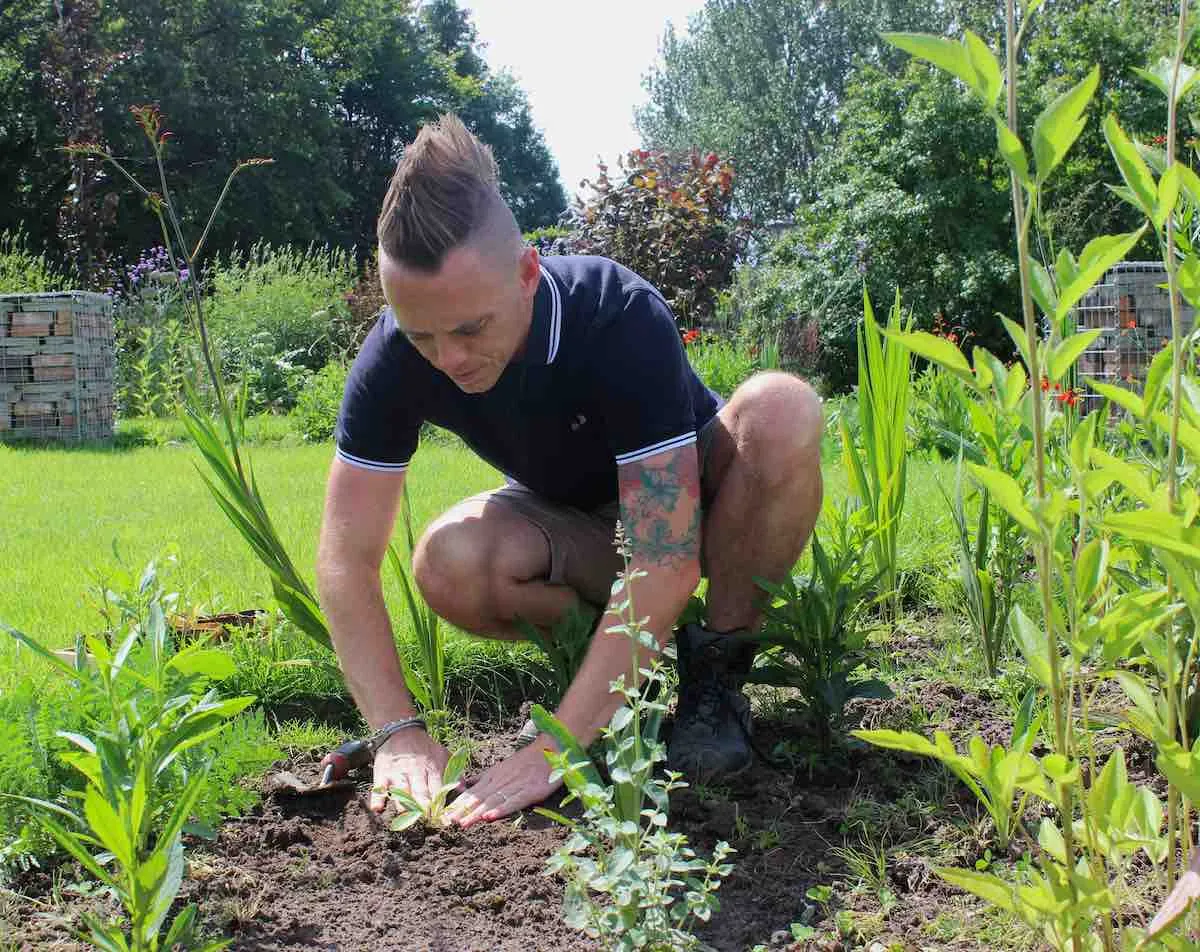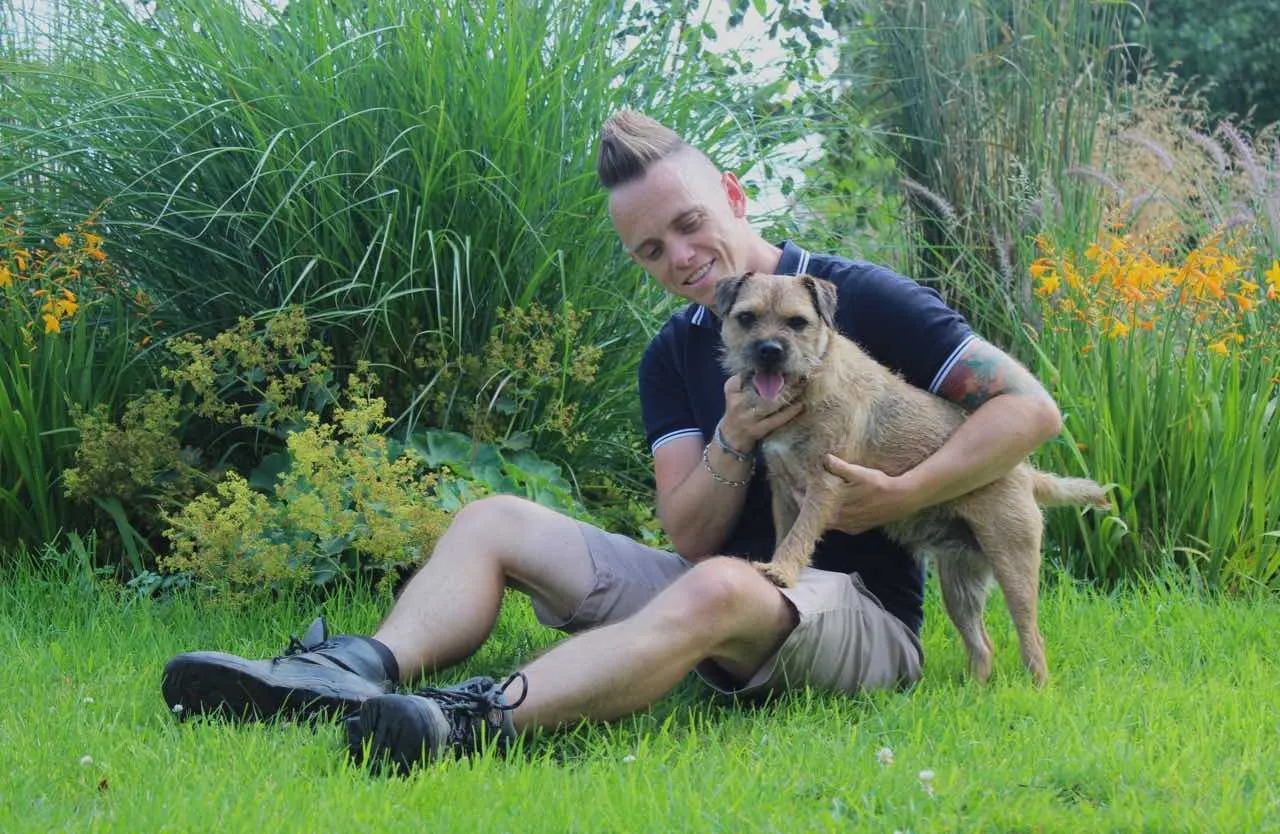Hi @jbenham1994
Brilliant question about rock gardens! There's something absolutely magical about creating a rockery or alpine garden that brings texture, drama, and year-round interest to any outdoor space.
Getting the Plant Combinations Right
The key to successful rock gardens is getting the plant groupings and combinations spot on. This is where many people come unstuck, as alpines and rockery plants have very specific needs and work best when paired thoughtfully. For detailed plant groupings and tried and tested combinations, my 30 Garden Design Templates & Planting Plans course is absolutely perfect for this. It includes specific planting designs with detailed plant lists that work brilliantly together, taking all the guesswork out of plant selection and placement.

High Level Rockery Design Principles
When planning your rock garden, think about creating natural looking layers and pockets. The best rockeries mimic nature, with rocks placed as if they've been there for centuries rather than obviously arranged. Start with your largest rocks as anchor points, then build smaller groupings around them. Always bury at least one third of each rock to make it look natural and stable.
Consider the aspect of your site carefully. Most alpines love excellent drainage and plenty of sunshine, so south facing slopes work brilliantly. If you're dealing with a shadier spot, there are fantastic alternatives like small ferns, heucheras, and woodland alpines that will thrive.
Essential Plant Categories for Success
Structure your rockery with three main plant types. First, evergreen anchor plants like dwarf conifers or compact shrubs that provide year round form. Second, seasonal flowering alpines like aubrieta, saxifraga, or alpine phlox for colour bursts. Third, foliage plants like sedums, sempervivums, or ornamental grasses for texture and movement.
The magic happens when these layers work together to create a miniature landscape that changes throughout the seasons but always looks purposeful and established.
Drainage is Absolutely Critical
Never underestimate the importance of drainage in rock gardens. Most alpines will rot in winter wet conditions, so incorporating plenty of grit, sharp sand, or gravel into your soil mix is essential. Create raised areas or sloping sites that naturally shed water, and consider adding a layer of gravel mulch around plants to keep moisture away from their necks.
Getting Personalised Design Help
If you'd like more specific advice tailored to your exact site conditions, aspect, and preferences, I'd highly recommend booking one of my online garden consultations. During our hour together, I can help you plan the perfect rockery design for your space, suggest specific plant combinations that will work in your conditions, and troubleshoot any particular challenges your site might present. It's a brilliant way to get professional guidance without the expense of a full garden redesign.
For those wanting to dive deeper into garden design principles and see multiple rockery examples with detailed planting plans, my Garden Design for Beginners course covers alpine and rockery design in depth, along with all the fundamentals you'll need to create stunning outdoor spaces.
Rock gardens can become absolute showstoppers when planned properly, providing homes for some of the most characterful and resilient plants in the gardening world. The key is understanding that less is often more, and that working with your site's natural characteristics rather than against them will give you the most successful and sustainable results.
Best of luck with your rockery project!
Lee Garden Ninja
Hi @jbenham1994
Brilliant question about rock gardens! There's something absolutely magical about creating a rockery or alpine garden that brings texture, drama, and year-round interest to any outdoor space.
Getting the Plant Combinations Right
The key to successful rock gardens is getting the plant groupings and combinations spot on. This is where many people come unstuck, as alpines and rockery plants have very specific needs and work best when paired thoughtfully. For detailed plant groupings and tried and tested combinations, my 30 Garden Design Templates & Planting Plans course is absolutely perfect for this. It includes specific planting designs with detailed plant lists that work brilliantly together, taking all the guesswork out of plant selection and placement.

High Level Rockery Design Principles
When planning your rock garden, think about creating natural looking layers and pockets. The best rockeries mimic nature, with rocks placed as if they've been there for centuries rather than obviously arranged. Start with your largest rocks as anchor points, then build smaller groupings around them. Always bury at least one third of each rock to make it look natural and stable.
Consider the aspect of your site carefully. Most alpines love excellent drainage and plenty of sunshine, so south facing slopes work brilliantly. If you're dealing with a shadier spot, there are fantastic alternatives like small ferns, heucheras, and woodland alpines that will thrive.
Essential Plant Categories for Success
Structure your rockery with three main plant types. First, evergreen anchor plants like dwarf conifers or compact shrubs that provide year round form. Second, seasonal flowering alpines like aubrieta, saxifraga, or alpine phlox for colour bursts. Third, foliage plants like sedums, sempervivums, or ornamental grasses for texture and movement.
The magic happens when these layers work together to create a miniature landscape that changes throughout the seasons but always looks purposeful and established.
Drainage is Absolutely Critical
Never underestimate the importance of drainage in rock gardens. Most alpines will rot in winter wet conditions, so incorporating plenty of grit, sharp sand, or gravel into your soil mix is essential. Create raised areas or sloping sites that naturally shed water, and consider adding a layer of gravel mulch around plants to keep moisture away from their necks.
Getting Personalised Design Help
If you'd like more specific advice tailored to your exact site conditions, aspect, and preferences, I'd highly recommend booking one of my online garden consultations. During our hour together, I can help you plan the perfect rockery design for your space, suggest specific plant combinations that will work in your conditions, and troubleshoot any particular challenges your site might present. It's a brilliant way to get professional guidance without the expense of a full garden redesign.
For those wanting to dive deeper into garden design principles and see multiple rockery examples with detailed planting plans, my Garden Design for Beginners course covers alpine and rockery design in depth, along with all the fundamentals you'll need to create stunning outdoor spaces.
Rock gardens can become absolute showstoppers when planned properly, providing homes for some of the most characterful and resilient plants in the gardening world. The key is understanding that less is often more, and that working with your site's natural characteristics rather than against them will give you the most successful and sustainable results.
Best of luck with your rockery project!
Lee Garden Ninja
 Lee Burkhill: Award Winning Designer & BBC 1's Garden Rescue Presenters Official Blog
Lee Burkhill: Award Winning Designer & BBC 1's Garden Rescue Presenters Official Blog



